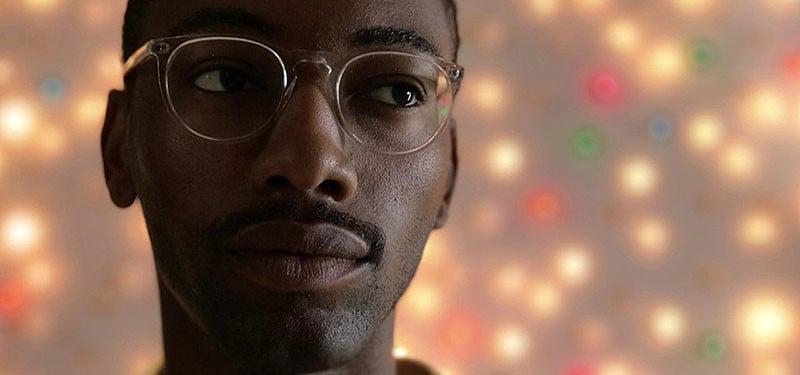Why the iPhone 7 Has to Simulate a Shallow Depth of Field
![]()
Why do the new iPhone 7 phones have to simulate a shallow depth of field? The short answer: physics.
So when Apple announced that the iPhone 7 would have a f/1.8 aperture, it might stand to reason that a narrow DOF would be possible. But instead, the iPhone 7 smartphones will rely on software to simulate out of focus areas. Why?

Depth of field is a function of focal length, aperture, circle of confusion and the subject distance. Although modern camera phones can have relatively large apertures, they have comparatively short focal length and tiny circle of confusion values.
The iPhone 7 specs:
Aperture: f/1.8
Focal length: 4.15mm (~28mm equivalent)
Circle of Confusion: 0.004mm (using d/1500; full frame has a CoC of 0.029mm)
On an iPhone 7 at f/1.8, this means that if you’re subject is farther than about 7 feet away, everything behind the subject will be in focus. But elements outside of the DOF don’t suddenly become blurry. There is a gradual defocusing, so in actuality you need a much shallower DOF for it to be noticeable (particularly when the image is viewed on small devices).
Things get a little better with the dual camera of the iPhone 7s. Apple claims the telephoto lens is roughly equivalent to a 56mm f/2.8 on a full frame camera, which gives us a focal length of about 7.7mm. A subject standing 10 feet away will give you a DOF of about 17 feet – enough to blur background elements if they’re far enough away. But this is nothing compared to the 1.3 feet of DOF you would get from an equivalent focal length/aperture on a full frame sensor. (And let’s not forget that many manufacturers produce f/1.4 lenses at that focal length).
Phone manufacturers seem overly preoccupied with size, and thus they are reliant on very short and small camera modules which imposes a host of design constraints that impact DOF. And although Apple has patented folded optics (like the Light 16), they will still have to figure out how to trade off thickness and area to accommodate such electronics in the future.
What would it take to create the same shallow DOF of a full frame camera as the iPhone 7? You’d need an aperture of about f/0.2. For the 4.15mm lens (28mm equivalent), this would require an aperture diameter of 20mm, and that doesn’t even taken into consideration the thickness, weight, cost and fingerprints!
![]()
So unless you want your phone to look like the above, we’ll be relying on software to simulate shallow DOF for some time to come.
About the author: Allen Murabayashi is the Chairman and co-founder of PhotoShelter, which regularly publishes resources for photographers. Allen is a graduate of Yale University, and flosses daily. This article was also published here.